Writer Joseph J. Airdo
Picture yourself walking through a lush, green forest, the sound of exotic bird calls filling the air. Suddenly, you spot a majestic lion lounging on a rock, its golden mane glistening in the sunlight. Just around the corner, a family of playful spider monkeys swings through the treetops, while a powerful Burmese python basks in the sun.
No, you haven’t been transported to the African savanna or the jungles of South America — you’re in the heart of Arizona, where you can encounter animals from across the globe without ever leaving the state. From the high desert foothills of the Mingus Mountains to the Ponderosa Pine Forests of Williams, Arizona’s zoos and wildlife parks offer a chance to experience the wonder and beauty of the world’s most fascinating creatures.
Out of Africa Wildlife Park in Camp Verde is a 104-acre preserve that brings visitors an authentic African experience. Founded in 1988 by Dean and Prayeri Harrison, the park is dedicated to providing spacious habitats for its residents, many of which are rescues. Bearizona Wildlife Park in Williams is another must-see destination, with over three miles of drive-through area where visitors can view North American animals in their natural habitats.
For a more hands-on experience, head to the Grand Canyon Deer Farm, located on a section of old Route 66. This 10-acre animal wonderland allows visitors to walk with and feed the deer, chat with Mozart the umbrella cockatoo, and even kiss a camel. The Heritage Park Zoological Sanctuary in Prescott is another unique destination, with a covered picnic pavilion, children’s playground and interactive animal experiences. The sanctuary is also home to the Tarantula Grotto, one of the largest public displays of spiders in the country.
These four parks are just a taste of what Arizona has to offer for animal lovers. This month, Images Arizona takes its readers on a tour of some of the state’s top zoos and wildlife parks, each with its own unique attractions and experiences. So pack your sunscreen, grab your camera and get ready to embark on a wild adventure through Arizona’s animal kingdom – you might be surprised at just how “wild” it really is!
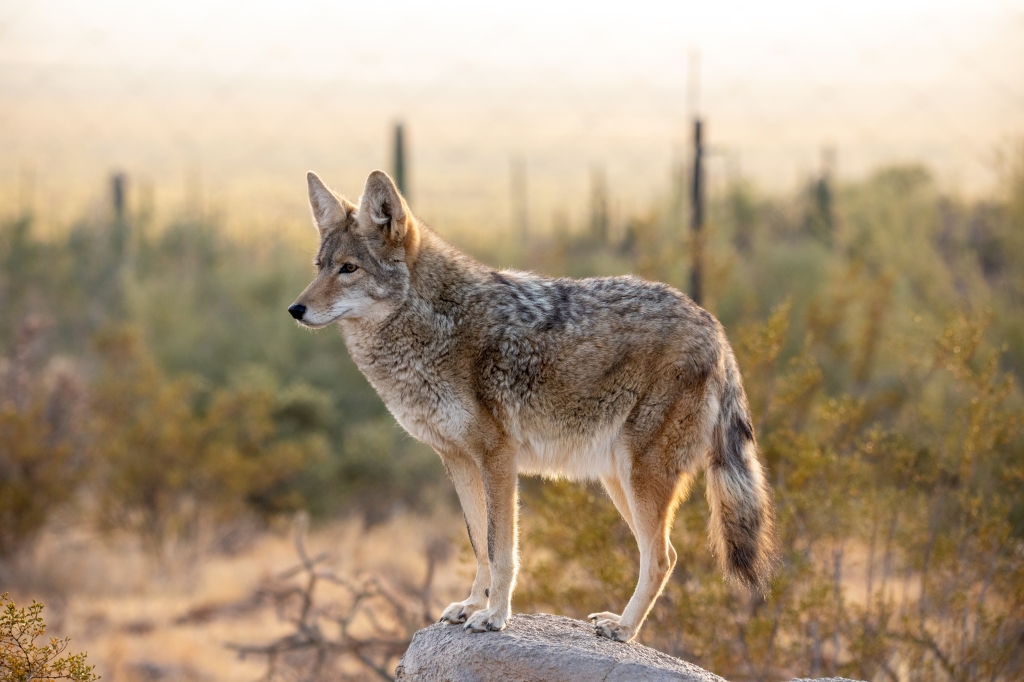


Arizona-Sonora Desert Museum
Just west of Tucson, the Arizona-Sonora Desert Museum is a one-of-a-kind experience that blends the best of a zoo, botanical garden, natural history museum, aquarium, and art gallery. This 98-acre oasis is home to more than 230 animal species and 1,200 types of plants, all native to the diverse Sonoran Desert region.
“Not only are we located in the region we serve and represent, but all the flora and fauna at the Arizona-Sonora Desert Museum are native to the region,” says Tianna Holder, marketing and media manager for the museum.
Unlike most museums, about 85% of the Arizona-Sonora Desert Museum experience is outdoors, with 21 interpreted acres and two miles of walking paths winding through desert habitats. Popular animal exhibits feature the museum’s beloved cats, including bobcats, ocelots, and mountain lions.
“Our Mexican gray wolves are also big hits because they’re pretty active and fun to watch,” notes Holder, adding the museum’s Stingray Touch exhibit offers a hands-on experience, where guests can pet stingrays as they glide through the water.
The Arizona-Sonora Desert Museum is also for the birds — literally. Two walk-in aviaries provide a serene setting to observe desert birds up close. From October through April, the Raptor Free Flight program showcases the aerial acrobatics of native birds of prey.
“Guests witness birds of prey flying freely overhead as they learn about these majestic creatures,” Holder says. “It’s our most popular attraction.”
But the museum offers more than just animal encounters. Children can dig for fossils, explore the Packrat Playhouse and venture into a man-made limestone cave. Meanwhile, geology buffs can marvel at the museum’s extensive regional mineral collection and art aficionados can peruse the 10,000-square-foot art institute, which hosts exhibitions and offers classes.
As an accredited member of the Association of Zoos and Aquariums, the Arizona-Sonora Desert Museum is a leader in conservation and research with projects spanning both sides of the U.S.-Mexico border. Current initiatives include habitat restoration, pollinator protection and breeding programs for threatened and endangered species.
“Our research and conservation work extends across the border into Sonora, Mexico, as we represent and work to protect the entire Sonoran Desert region,” Holder explains.
The museum also follows a comprehensive green initiative focused on water conservation, solar energy, waste reduction and sustainable practices. Meanwhile, its Cool Summer Nights program, held every Saturday evening from June 8 through Aug. 24, features a different theme each week, from astronomy to insects, bats to art.
“We plan fun, educational activities to go with each theme and bring in expert speakers and community partners,” Holder says. “From stargazing to searching for scorpions with your black light flashlight, Cool Summer Nights is a family-friendly way to enjoy the outdoors without the sun beating down on you.”
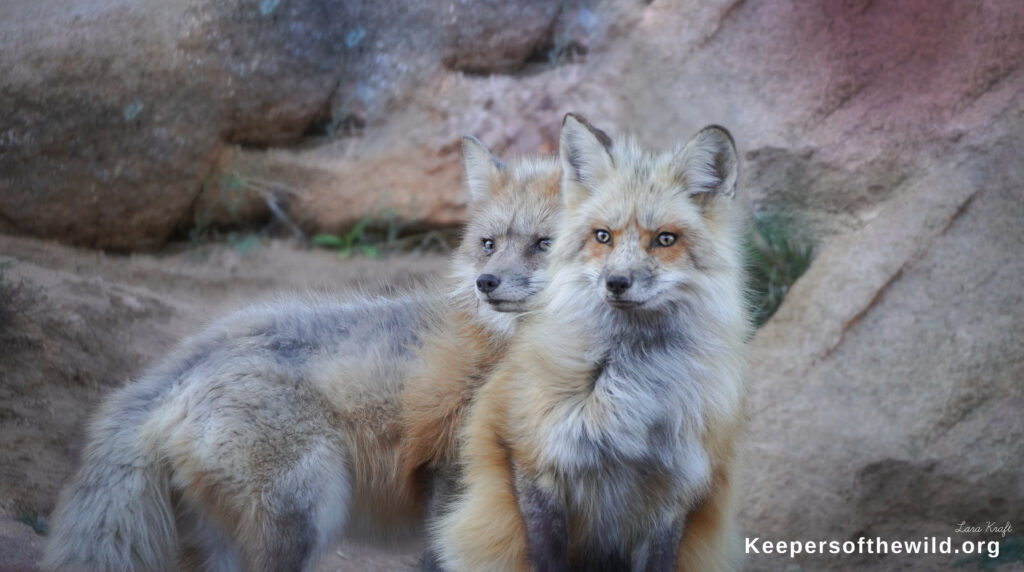


Keepers of the Wild
Located along historic Route 66 in Valentine, Keepers of the Wild is more than just another roadside attraction. This accredited, top-rated nonprofit rescue sanctuary has been protecting abused, neglected and abandoned captive wildlife for more than 30 years.
“All animals that come to Keepers of the Wild have a home for the remainder of their lives,” says Lara Kraft, the sanctuary’s vice president, chairwoman and media director. “We have a strict no-breed, buy, sell, lease or trade policy and do not allow interaction with the animals. As a true sanctuary, our focus is on education and protecting all animals.”
Founded in 1995 by Jonathan Kraft, a former Las Vegas illusionist, Keepers of the Wild was born out of a desire to rescue captive wildlife and educate the public about pressing ecological and animal welfare issues. Today, the lush 175-acre sanctuary is home to more than 140 rescued animals spanning nearly 40 species, including lions, tigers, wolves, and bears.
Unlike traditional zoos, Keepers of the Wild provides its residents with large, natural outdoor habitats where they can roam, hide and play freely. The sanctuary’s state-of-the-art facilities, including the on-site Santiago Animal Clinic and Education Center, ensure that each animal receives top-notch nutrition and medical care tailored to its individual needs.
Visitors can embark on three educational guided safari tours each day, with the 3:30 p.m. feeding tour being a particular favorite.
“Watch the big cats and carnivores devour their dinner just feet away,” Lara says.
This summer, animal lovers can look forward to seeing the sanctuary’s newest residents: a dozen foxes recently rescued from a fur farm in Minnesota. By supporting Keepers of the Wild, visitors not only enjoy an unforgettable wildlife experience but also contribute to the sanctuary’s tireless efforts to protect animals and educate the public.
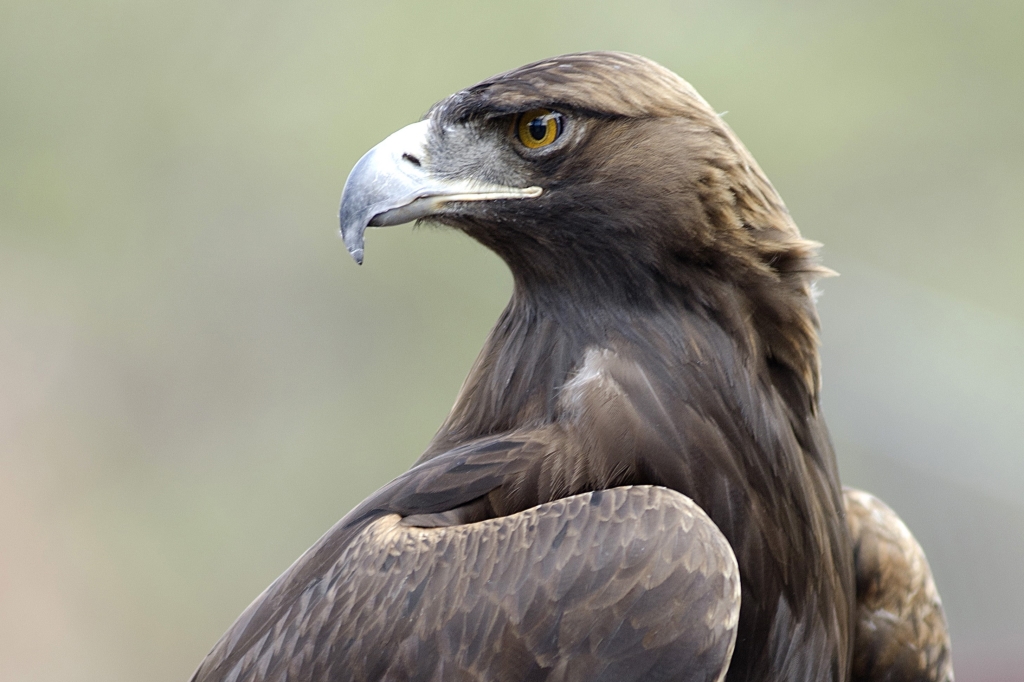


Navajo Nation Zoo and Botanical Park
The Navajo Nation Zoo and Botanical Park, the only Native American-owned zoo in the U.S., offers a unique sanctuary for native wildlife and a fascinating glimpse into Navajo culture and traditions. Nestled amid the stunning red rock cliffs of Window Rock, this hidden gem has been captivating visitors since the early 1960s.
“Nearly all the animals here play a significant role in the traditions and stories of the Navajo people,” says David Mikesic, manager and zoologist at the Navajo Nation Zoo and Botanical Park.
The zoo’s humble beginnings started with a single orphaned black bear, but it has since grown to house more than 100 animals representing 50 different species, most of which were found injured or orphaned on the Navajo Nation or in the Southwest.
One of the zoo’s most remarkable features is the Golden Eagle Sanctuary and Education Center, which opened in 2016. Visitors can enter the sanctuary to view these majestic birds of prey up close in a tranquil, natural setting.
“Entering the eagle sanctuary to view the golden eagles is always a special experience,” Mikesic says. “This sanctuary also provides us with molted feathers to give back to the Navajo people for ceremonial purposes.”
The Navajo Nation Zoo also showcases endangered species such as the black-footed ferret and the Mexican gray wolf, highlighting the importance of conservation.
“Visitors really enjoy the close-up views offered by our enclosures,” Mikesic adds.



Phoenix Zoo
Located within Papago Park, the 125-acre Phoenix Zoo has been a beloved destination for Arizona residents and visitors for the past 62 years. With more than 3,000 animals, including many endangered and threatened species, a visit to this nonprofit zoo is not only inspiring and magical but also contributes to saving species and enhancing conservation programs.
“The zoo houses Bornean orangutans, Sumatran tigers, giraffes, an Asian elephant, African lions, the Arabian oryx, cheetahs, flamingos and many more fascinating species,” says Linda Hardwick, director of communications for the Phoenix Zoo. “In addition to these beautiful animals, visitors can enjoy various experiences. These include interacting with cownose stingrays at Stingray Bay, taking a narrated tour of the zoo on the Safari Cruise or riding on motorized animals called Scooter Pals.”
The zoo’s origins trace back to spring 1961 when Robert E. Maytag, grandson of the Maytag appliance company founder, gathered a group of friends to discuss the idea of building a zoo in Phoenix. Despite Maytag’s unexpected death in 1962, his wife Nancy ensured the zoo’s completion as a memorial to her husband. The Maytag Zoo, later renamed the Phoenix Zoo, officially opened on Nov. 21, 1962.
Since then, the Phoenix Zoo has welcomed more than 43 million guests and has become world-renowned for its contributions to conservation science.
“Arizona is home to a diverse range of habitats and species, some of which are threatened,” Hardwick explains. “Collaborating with conservation partners, the Phoenix Zoo seeks opportunities to use its unique skills and experience to assist them.”
The zoo’s conservation scientists breed and raise species at the Arthur L. and Elaine V. Johnson Conservation Center for release into the wild or to better understand their biology and reproduction. Current projects include the black-footed ferret, Chiricahua leopard frog, cactus ferruginous pygmy owl, desert pupfish, narrow-headed gartersnake, springsnails, Mount Graham red squirrel and Gila topminnow.
“Complementing our native species conservation efforts and field conservation research, the Phoenix Zoo proudly supports conservation efforts worldwide,” Hardwick adds. “Through our native species conservation and research efforts at the Phoenix Zoo and our grants program, we participate in and support meaningful field conservation projects in our region and worldwide.”
This summer, visitors can explore the zoo’s newest habitat, Predator Passage, which has recently expanded to include hyenas, an Amur leopard, new female lions, vultures, and red river hogs. The zoo has also welcomed two prehensile-tailed porcupines, Olive and Gigi, and an adorable tamandua named Ernie.
“The zoo’s signature exhibit is our African Savanna,” Hardwick says. “This habitat is home to Thompson’s gazelles, crowned cranes, guinea fowl and our beautiful giraffes, including Aurora, who was born Dec. 5. Fernando, the Linnaeus’s two-toed sloth, has become another favorite of zoo guests. Although nocturnal, Fernando has a devoted following of zoo guests who come just to watch him sleep.”
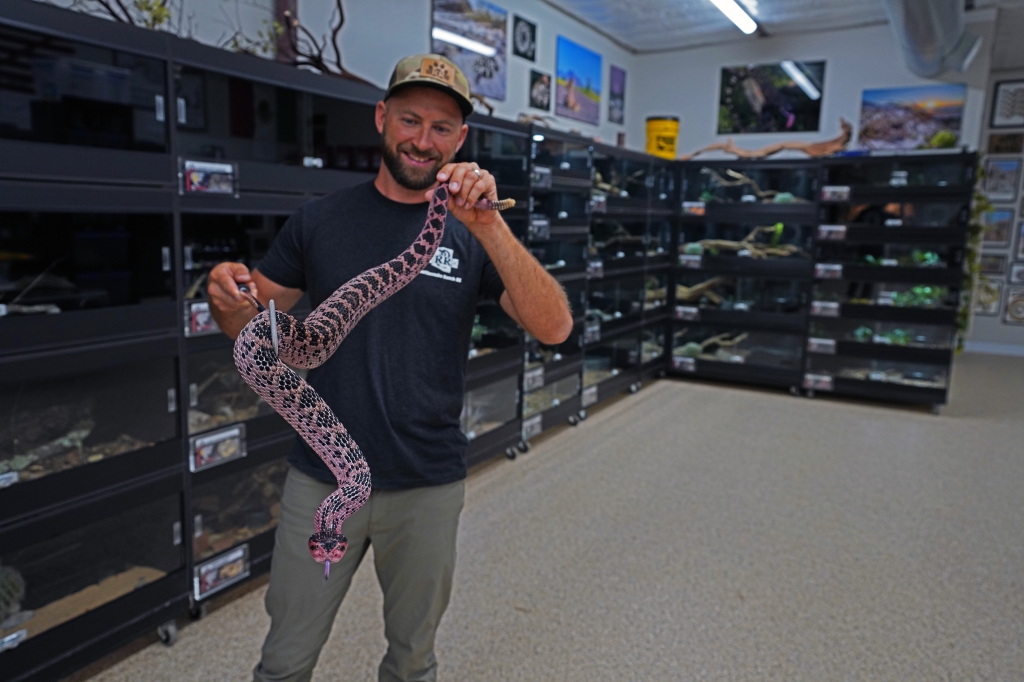


Rattlesnake Ranch AZ
Cave Creek is home to a hidden gem for reptile enthusiasts and curious adventurers alike: Rattlesnake Ranch AZ. This private zoo, located on residential property, offers a unique and unforgettable experience for those seeking a thrilling summer destination.
Cody Will, the founder of Rattlesnake Ranch AZ, embarked on an entrepreneurial endeavor over a decade ago that would change his life. What began as Rattlesnake Ready, LLC, a dog training business focused on rattlesnake aversion, eventually evolved into a passion project showcasing the diversity and beauty of these often-misunderstood creatures.
While Rattlesnake Ranch’s appointment-only policy may seem unconventional compared to typical zoos, it creates a personalized and intimate experience for visitors who come to see its unparalleled collection of rattlesnakes.
“To our best knowledge, we exhibit the largest, most diverse collection of rattlesnakes in one place,” Will says. “Arizona as a state is a hotspot for rattlesnake diversity in the wild, and our zoo follows that theme by displaying those native species along with others found from North to South America.”
The 2,400-square-foot nature center, completed in 2020, serves as both a captivating showroom for the ranch’s extensive rattlesnake collection and an office for its dog training business. Visitors can safely observe more than 50 different species of Crotalus and Sistrurus, the two genera that encompass all recognized rattlesnake species, as well as additional localities and color morphs.
“All of our reptiles are exhibited in beautiful, state-of-the-art custom caging in a spacious showroom filled with other rattlesnake-related paraphernalia including art, bone taxidermy, local photography, educational displays and more,” Will notes.
In addition to the main showroom, the facility features a quarantine/hatchling room and a lobby with a small gift shop. The open floor space, projector, and screen accommodate various presentations especially for snake-phobic visitors. Outside, a large covered patio with benches, dedicated parking, two outbuildings, and landscaped grounds complete the “ranch” aesthetic.
Rattlesnake Ranch not only provides a fascinating educational experience for visitors but also contributes to conservation efforts and research.
“Our collection is essentially a living library of rattlesnakes and thus has proven useful for research,” Will explains. “We’ve provided countless unique venom samples to universities for research purposes; we’ve used live specimens for private and professional photography projects — including online species guides.”
The ranch also hosts private educational tours, field trips, and various events on-site, including venomous husbandry courses for zookeepers and presentations on coexisting with misunderstood wildlife.
“Our private tours are a hit with kids and adults alike, and especially with any reptile enthusiast,” Will adds. “Guests leave our doors with a greater appreciation for rattlesnakes and their diversity, a greater understanding of their roles in natural ecosystems, newfound wisdom in understanding their behavior and what to do/not do if bitten, hidden secrets in their venom that contain benefits for human medicine and so much more.”
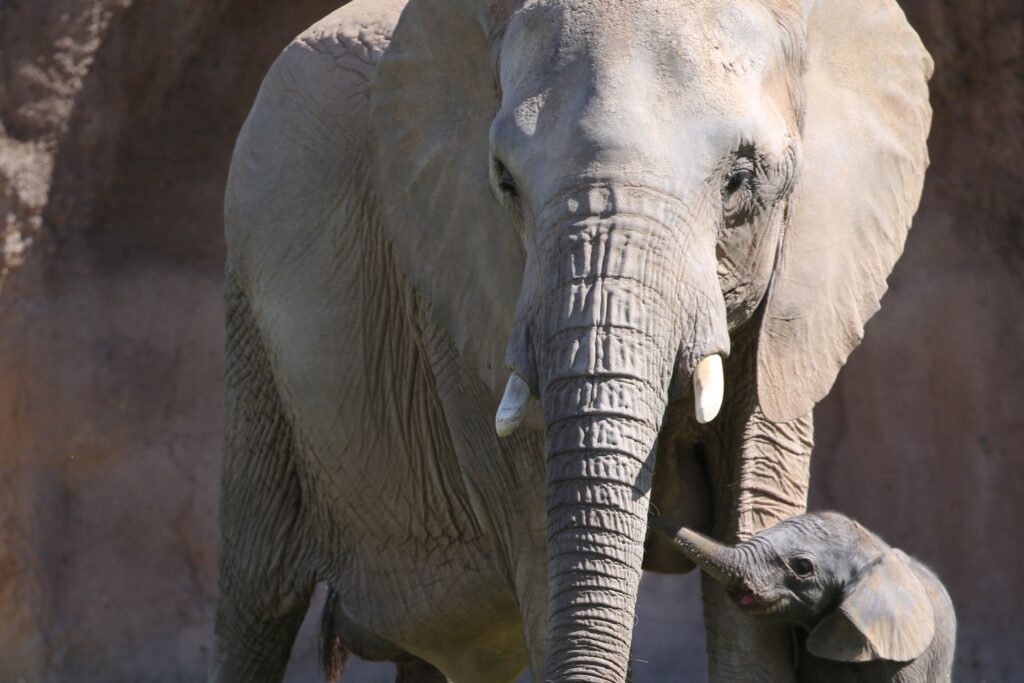


Reid Park Zoo
Tucked away in a lush garden oasis in the heart of Tucson lies Reid Park Zoo, a 24-acre wildlife haven that offers an intimate and immersive experience for animal lovers of all ages. This midsize zoo is home to more than 350 animals representing various regions of the world, making it a perfect summer destination for Phoenix-area residents seeking a unique and educational escape.
One of the zoo’s most remarkable features is the Expedition Tanzania area, which opened in 2012 and is cited as one of the best zoo elephant habitats. Visitors can observe the elephant herd’s daily life and growth through various viewing opportunities, both in person and via online webcams. The habitat, built with green technology, provides acres of varied terrain, mud wallows, a large swimming pool and dirt mounds for dust bathing, ensuring the elephants’ comfort and encouraging natural behaviors.
“Zookeepers provide enrichment — adding variety and surprise to the habitat to keep the herd physically and mentally active while encouraging natural foraging and other behaviors,” says Deborah Carr, director of marketing for Reid Park Zoo. “Interactive interpretive elements enable zoo guests to learn more about the elephants’ story and field conservation programs to protect them.”
In addition to iconic species like African elephants, reticulated giraffes, Grevy’s zebras and southern white rhinoceroses, Reid Park Zoo showcases several lesser-known animals. Visitors can marvel at giant anteaters with their elongated snouts; capybaras, the world’s largest rodents; Andean bears known for their tree-climbing skills; and Baird’s tapirs, unusual-looking “living fossils” native to Mexico, Central and South America.
Daily zookeeper talks at various habitats provide guests with fascinating insights into the animals’ personalities, care, training and conservation. For a nominal $3, visitors can participate in giraffe feeds, getting up close and personal with these gentle giants.
Behind-the-scenes tours, available by reservation, offer exclusive experiences such as visiting the zoo’s commissary, touring the full-service medical center, or observing an elephant training session.
For younger visitors, Reid Park Zoo offers a unique interactive experience at the popular World of Play adventure zone. This new attraction adds an exciting dimension to the zoo experience, allowing children to immerse themselves in different habitats and gain a deeper understanding of the animals that call them home.
“In an Antarctic ice cave, they can chill out and waddle like penguins,” Carr explains. “On a rope bridge, they can spider crawl to a field observation station in the South American rainforest. They can also climb a 30-foot sequoia tree to experience the majesty of the North American redwoods.”
This summer, visitors can see the zoo’s newest additions: Meru, an elephant calf born March 8, and Moyo, a giraffe calf born Jan. 15. The zoo also recently opened a new sloth exhibit in the South American area, where guests can learn about one of the world’s slowest-moving and most mysterious species.
Through Aug. 10, the zoo will host Summer Safari Nights every Saturday evening from 6 to 8 p.m. These themed events feature wildlife activities, animal encounters, live music, games and food, providing a unique experience each week.
As a center for conservation education and action, Reid Park Zoo participates in more than 30 species survival plans and collaborates with partners worldwide to protect wildlife and wild places.
“A portion of every guest admission and membership dollar is set aside to help with field conservation projects that the zoo helps fund around the world,” Carr notes.
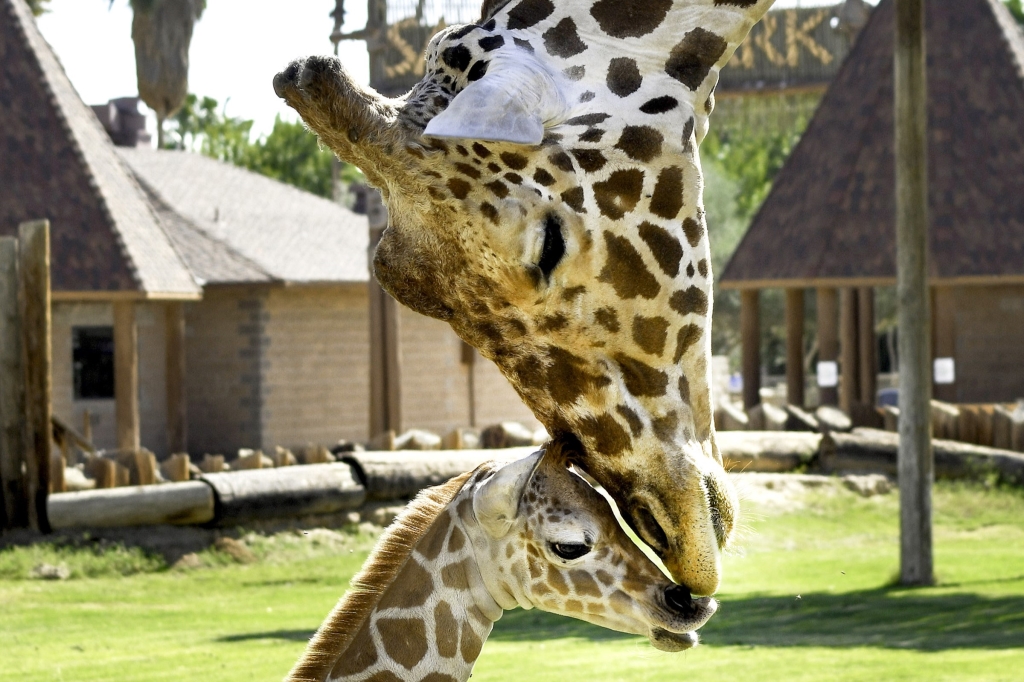


Wildlife World Zoo, Aquarium and Safari Park
Wildlife World Zoo, Aquarium and Safari Park has been captivating visitors with its diverse collection of exotic animals and thrilling attractions since 1984. Founded by Mickey Ollson, a lifelong animal enthusiast and former teacher, this 100-acre oasis in Litchfield Park is more than just a zoo; it’s a testament to one man’s unwavering passion for wildlife conservation and education.
“Our park boasts Arizona’s largest collection of exotic and endangered animals, with over 600 separate species on display,” says Jolene Westerling, director of social media and events at Wildlife World Zoo, Aquarium and Safari Park. “In addition to a diverse collection of animals, there is an array of exciting attractions, rides and daily shows that will leave you on the edge of your seat.”
From the moment guests step through the gates, they are transported to a world where adventure and discovery await at every turn.
“Wildlife World Zoo has several opportunities for animal encounters, but the most popular attraction right now is the birth of a baby white rhino named Masiki,” Westerling notes. “She has stolen everyone’s hearts and is a must-see when visiting the zoo.”
Guests can immerse themselves in the wonders of the animal kingdom with daily sea lion shows and the Wildlife Encounter show, where they can learn about these incredible creatures up close and observe the trust-based relationships between animals and their trainers. Hands-on experiences include the lory parrot feeding, where colorful lorikeets will land on guests’ hands to eat apple slices, and the stingray touch tank, where guests can feel the gentle glide of these fascinating fish.
Wildlife World Zoo, Aquarium and Safari Park’s commitment to conservation extends far beyond its gates.
“Over the past four decades, our zoo has contributed tens of thousands of dollars, as well as thousands more in in-kind support and staff expertise to dozens of local, national and international organizations working on habitat restoration and wildlife conservation all over the globe,” Westerling shares.
Moreover, by allowing guests to form personal connections with the animals, the zoo hopes to inspire a new generation of wildlife advocates. Speaking of which, this summer, the fun at Wildlife World Zoo, Aquarium and Safari Park reaches new heights with Safari Camp for kids ages 7-12 and Career Camp for aspiring animal care professionals ages 13-17.
Also happening this summer, the zoo’s annual ice cream social on June 1 promises discounted admission, rides, a silent auction and free ice cream for everyone from 4 to 8 p.m. Proceeds support the zoo’s chapter of the American Association of Zookeepers, benefiting zookeeper education and conservation efforts both locally and abroad.

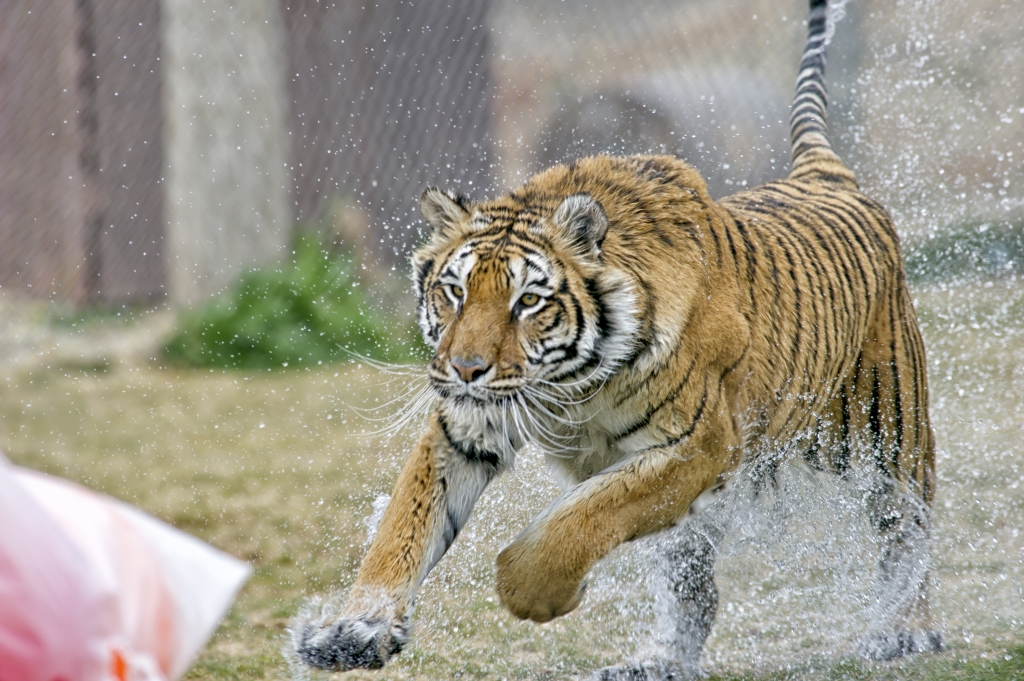




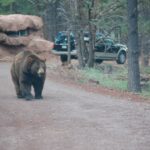
Comments by Admin